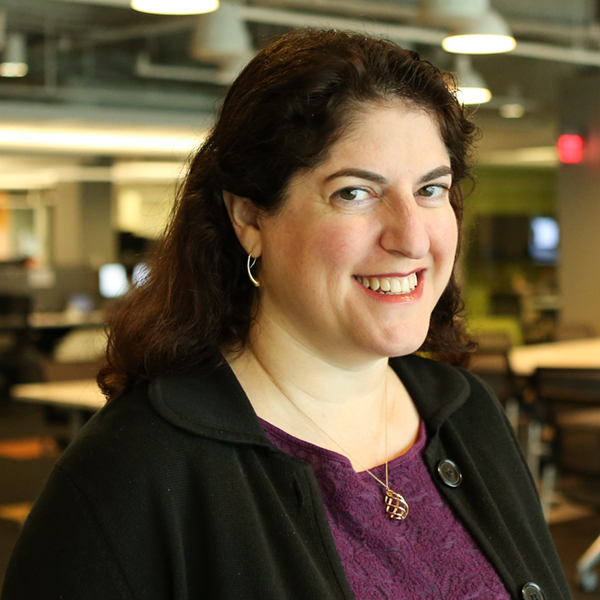 A few weeks ago I had the honor of addressing the annual Jewish Federations of North America's General Assembly, a gathering of nearly 3,000 professional and lay leaders in the Jewish world. Our Opening Forum session also featured Alisa Doctoroff (Chair of the board of UJA-Federation in New York) and Michael Wagschal (a Senior Vice President at Bank of America Merrill Lynch). We had a highly engaging discussion with the many donors in our audience about practical tips to engage both the hearts and minds of donors in pursuit of excellence in philanthropy.
A few weeks ago I had the honor of addressing the annual Jewish Federations of North America's General Assembly, a gathering of nearly 3,000 professional and lay leaders in the Jewish world. Our Opening Forum session also featured Alisa Doctoroff (Chair of the board of UJA-Federation in New York) and Michael Wagschal (a Senior Vice President at Bank of America Merrill Lynch). We had a highly engaging discussion with the many donors in our audience about practical tips to engage both the hearts and minds of donors in pursuit of excellence in philanthropy.I was struck that a number of community foundations we’ve worked with at Bridgespan share similar challenges to those of Jewish Federations. Both must balance the donor and grantee sides of the equation by raising funds, managing funds, and granting funds wisely in their communities.
Unfortunately, both the Federation and Community Foundation worlds are struggling to stay highly relevant (with varying levels of success) to donors and their communities. In this regard, Federations and Community Foundations have a lot to learn from each other and the most successful folks among them. Perhaps most important to long-term success: They must engage donors “where they are” in their philanthropic journey, but at the same time educate, engage, and inspire those donors about the substantive needs and priorities of their communities—especially as those priorities change over time.
In the end, both must successfully grapple with demonstrating the unique value of their vision and ability to build community in an era when more and more donors are giving directly to causes they care about. It’s a difficult but crucial trick to listen/respond and simultaneously lead their communities by collaboratively creating the greatest results for the people and places they care most about.
In the vein of grappling with challenges, today’s #30DayDonorChallenge encourages you as donors to think of and ask a few tough—but fair—questions when you are asked for a donation.
That fair aspect is crucial: The trick is balancing your questions with the situations nonprofits face. For example, when talking about overhead, donor assumptions can be tough but unfair, largely as a result of unrealistic expectations. Learning more about the challenges nonprofits face can help you strike the right balance when asking questions of nonprofits.
For more on becoming realistic about nonprofits' overhead, see today's Wall Street Journal interview with Give Smart co-author Thomas Tierney, or read "The Nonprofit Starvation Cycle."


